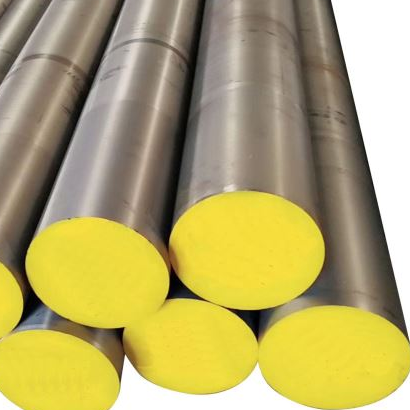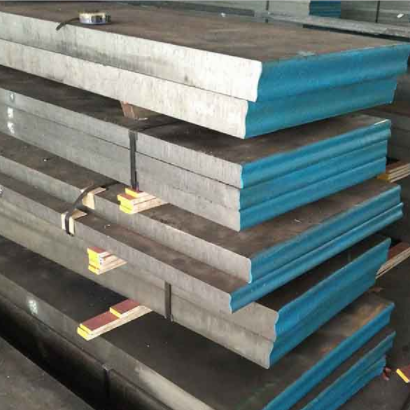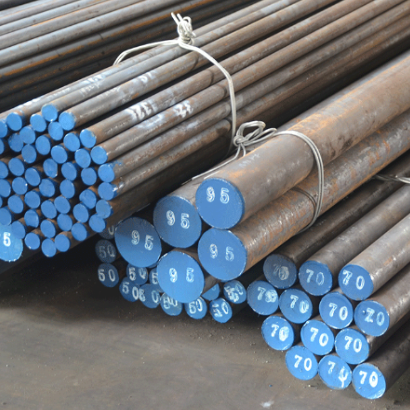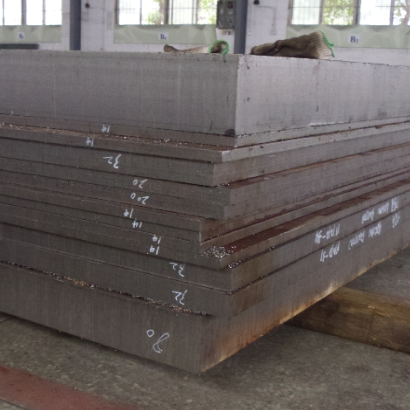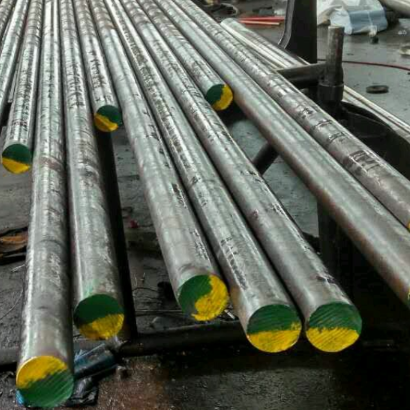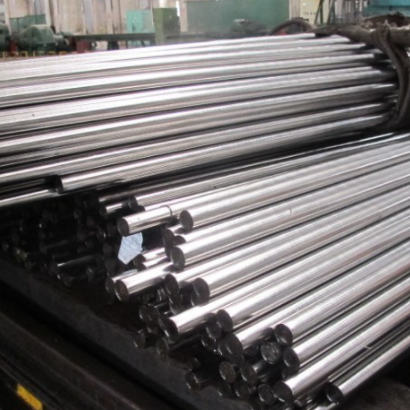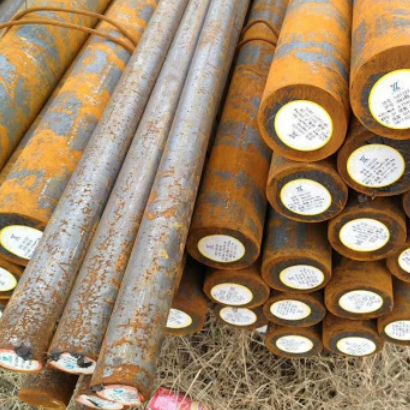What is A2 Steel?
A2 steel is a versatile air-hardening tool steel known for its excellent combination of toughness and wear resistance. It contains chromium and molybdenum, which contribute to its ability to retain hardness even at elevated temperatures. A2 steel is commonly used for tool and die applications where high wear resistance is required.
What is O1 Steel?
O1 steel, on the other hand, is a general-purpose oil-hardening tool steel. It contains a moderate amount of manganese and chromium, imparting good hardness and wear resistance. O1 steel is widely used for various cutting tools, punches, and dies due to its ease of heat treatment and machinability.
Composition and Properties
A2 Steel Composition
A2 steel typically contains around 1% carbon, 5% chromium, and 1.1% molybdenum. This composition results in its superior wear resistance and retention of hardness, making it suitable for cold work applications.
O1 Steel Composition
O1 steel consists of approximately 0.85% carbon, 1.0% manganese, and 0.5% chromium. Its composition lends itself to good hardening, excellent machinability, and reasonable wear resistance.
A2 Steel Properties
A2 steel exhibits high toughness, making it less prone to chipping and breaking during use. Its air-hardening nature simplifies heat treatment, but it requires more complex processes compared to O1 steel.
O1 Steel Properties
O1 steel offers good hardness, wear resistance, and machinability. It can be easily heat treated in a controlled environment, making it suitable for various tool applications.
Heat Treatment
Heat Treatment of A2 Steel
A2 steel requires careful attention during heat treatment. It is typically heated slowly to the hardening temperature, followed by quenching in air, oil, or salt bath. The quenching process contributes to its hardness and wear resistance.
Heat Treatment of O1 Steel
O1 steel is simpler to heat treat compared to A2. It is heated to the hardening temperature and then quenched in oil. The resulting hardness can be further enhanced through tempering.
Applications
A2 Steel Applications
A2 steel finds its place in applications where high wear resistance and toughness are essential. It is used for cold work tools such as blanking dies, forming dies, and precision tools that require extended tool life.
O1 Steel Applications
O1 steel’s ease of heat treatment and good machinability make it suitable for a wide range of applications. It is used for knives, chisels, punches, and other cutting tools where precision and sharpness are crucial.
A2 vs O1: Comparative Analysis
Toughness and Wear Resistance
A2 steel generally offers higher toughness compared to O1 steel. Its ability to withstand heavy impacts and resist chipping makes it suitable for demanding applications.
Machinability
O1 steel is more machinable than A2 steel due to its lower alloy content. This makes it easier to shape, grind, and machine, especially in applications requiring intricate designs.
Corrosion Resistance
A2 steel’s higher chromium content grants it better corrosion resistance compared to O1 steel. However, both steels are susceptible to corrosion and require proper maintenance.
Choosing Between A2 and O1 Steel
The choice between A2 and O1 steel depends on the specific application and requirements. If high wear resistance and toughness are paramount, A2 steel is preferred. On the other hand, O1 steel is suitable for applications that demand easy heat treatment and excellent machinability.
In the realm of tool steels, the choice between A2 and O1 steel depends on the balance of properties required for the intended application. A2 excels in wear resistance and toughness, while O1 offers machinability and ease of heat treatment. Consider the unique demands of your project when deciding which steel to use, ensuring optimal performance and longevity.
